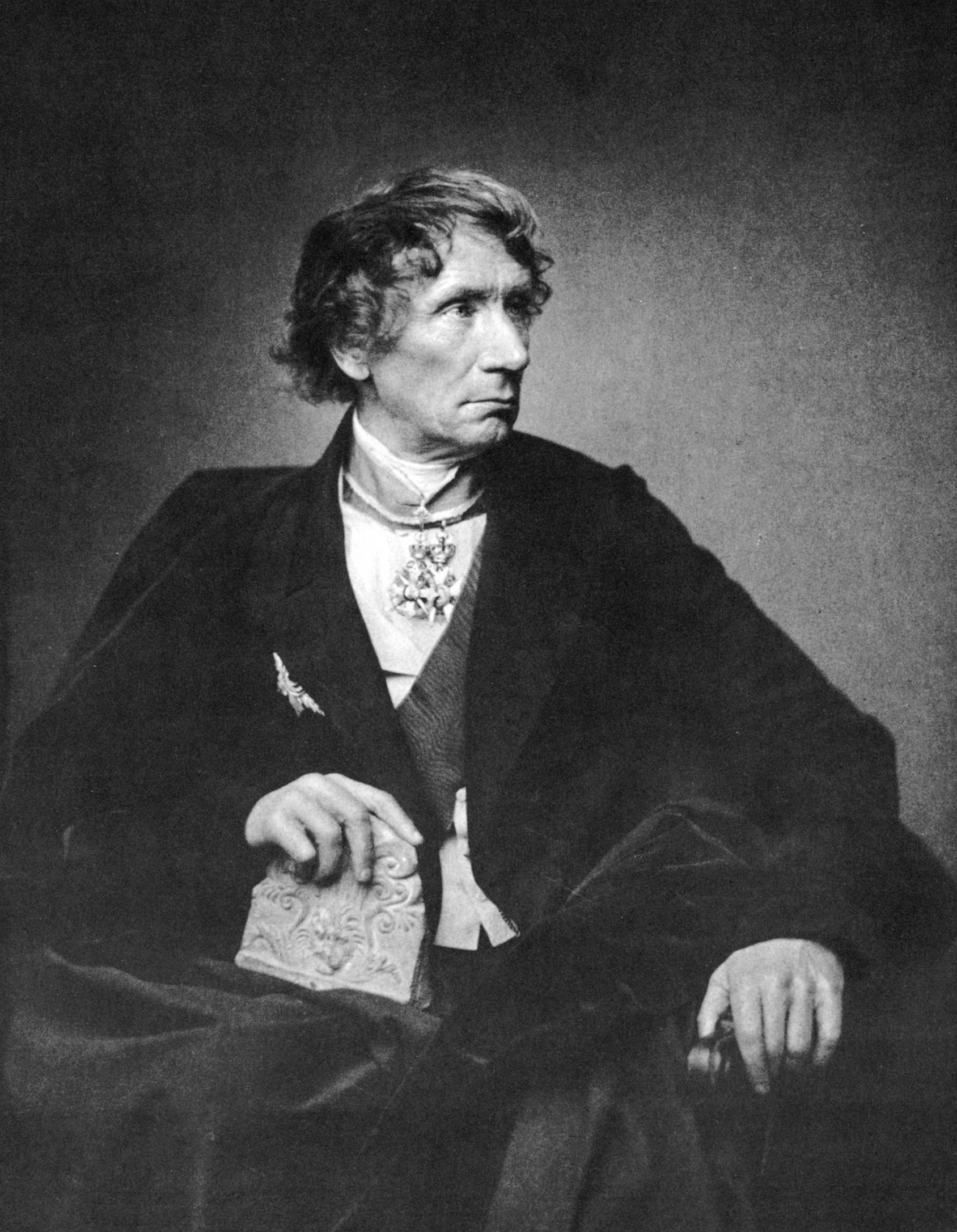|
Leuchtenberg Gallery
The Leuchtenberg Gallery was the collection of artworks of the Duke of Leuchtenberg, Dukes of Leuchtenberg, on public display in Munich. The collection was widely known in 19th-century Europe, due to being open to the public and having a high-quality illustrated catalogue in different languages, and was considered one of the most important private collections of the time. The collection was a heritage from Napoleonic times through Joséphine de Beauharnais, but with new additions by the subsequent Dukes, especially Eugène de Beauharnais. In 1810, Eugène de Beauharnais bought part of the collection of Giovanni Francesco Arese, including at least one painting by Peter Paul Rubens. By 1841, the collection was largely complete. The Gallery was located in the Palais Leuchtenberg, the house of the Leuchtenberg family in Munich, built by Leo von Klenze between 1817 and 1821. It was opened to the public from at least 1837 on. The collection was catalogued in French and German from 1825 ... [...More Info...] [...Related Items...] OR: [Wikipedia] [Google] [Baidu] |
Palais Leuchtenberg
The Palais Leuchtenberg, (known between 1853 and 1933 as the Luitpold Palais or Prinz Luitpold Palais) built in the early 19th century for Eugène de Beauharnais, first Duke of Leuchtenberg, is the largest palace in Munich. Located on the west side of the Odeonsplatz (Odeon Square), where it forms an ensemble with the Odeon, it currently houses the Bavarian State Ministry of Finance. It was once home to the Leuchtenberg Gallery on the first floor. History Palace by Leo von Klenze Eugène de Beauharnais, the brother-in-law of the later King Ludwig I of Bavaria and the stepson of Napoleon, commissioned Leo von Klenze to build a "suburban city palace". Constructed between 1817 and 1821 at a cost of 770,000 guilders (the entire construction budget for Bavaria in 1819), it was the largest palace of the era, with more than 250 rooms including a ballroom, a theatre, a billiard room, an art gallery, and a chapel, plus a number of outbuildings extending for over down what is now Ka ... [...More Info...] [...Related Items...] OR: [Wikipedia] [Google] [Baidu] |

